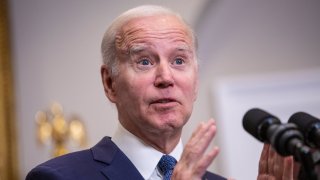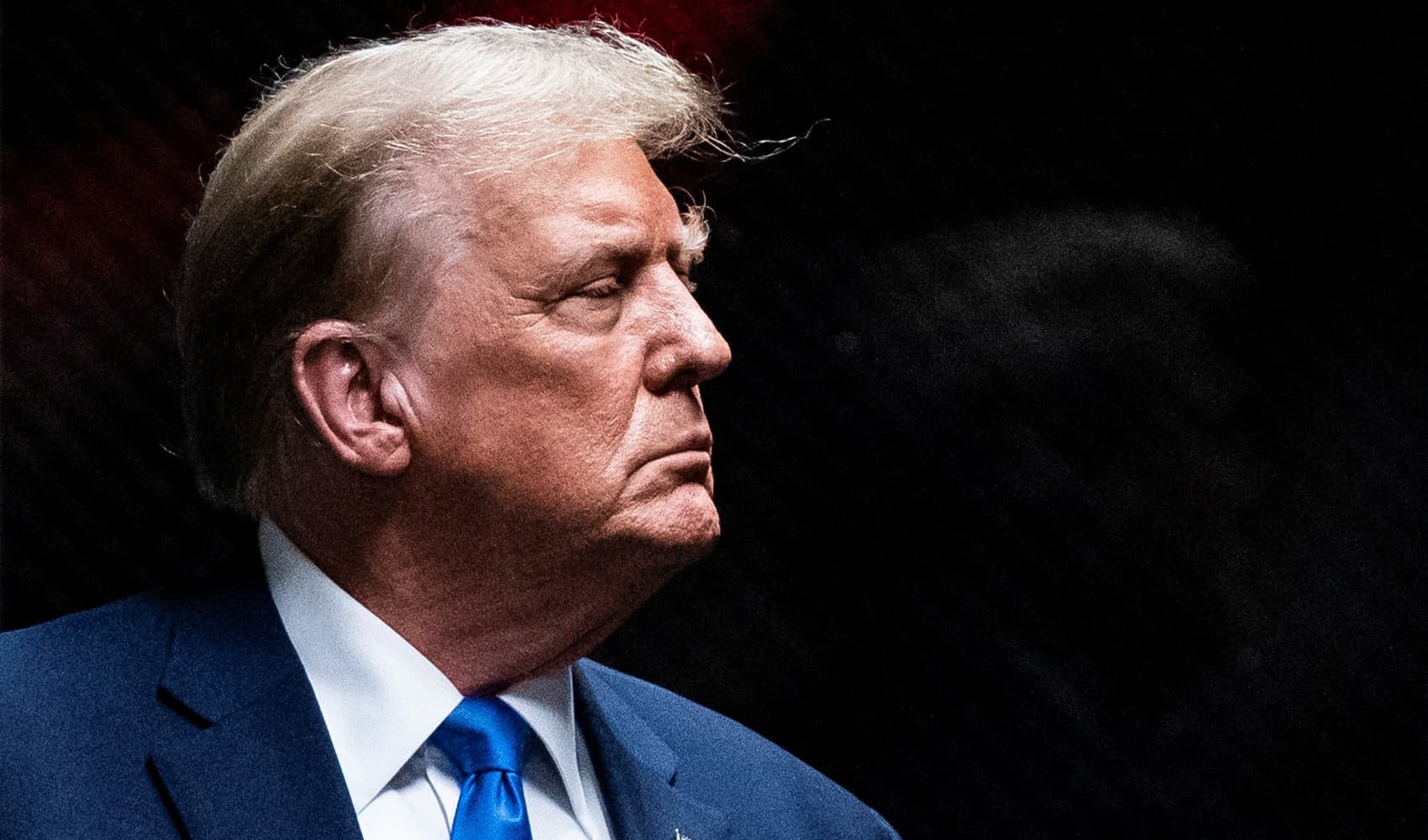
This report is from today's CNBC Daily Open, our new, international markets newsletter. CNBC Daily Open brings investors up to speed on everything they need to know, no matter where they are. Like what you see? You can subscribe here.
A deal to raise the U.S. debt limit has finally been reached. But investors still have to contend with sticky inflation and higher interest rates.
What you need to know today
- U.S. President Joe Biden and House Speaker Kevin McCarthy have reached a deal Sunday to raise the debt limit. Central to the deal are general spending caps until 2024 and lower funding for the Internal Revenue Service. The deal will now go to Congress for a vote before the new June 5 deadline. It might encounter more fractiousness there, however — some Republicans are unhappy with the deal.
Get Tri-state area news and weather forecasts to your inbox. Sign up for NBC New York newsletters.
- U.S. inflation in April was stubbornly high, and the economy still strong. The personal consumption expenditures index rose 4.4% from a year ago, higher than March's 4.2% reading. Spending also jumped 0.8% in April, two times more than forecast, while personal income rose an expected 0.4%.
- Stocks in the U.S. rallied Friday, with all indexes closing above 1% as investors hoped for a debt ceiling deal (in hindsight, it appears their hopes weren't misplaced). European markets traded higher too. The Stoxx 600 index rose 1.2%, juiced by tech stocks surging 3%.
- Turkey's President Recep Tayyip Erdogan has won the country's 2023 presidential election, the country's election board confirmed on Sunday. With 99.43% of votes counted, Erdogan amassed 52.14% of the votes, while his rival Kemal Kilicdaroglu received 47.86%.
- PRO Japan stocks are proving irresistible to investors this year, especially after Warren Buffett publicly endorsed the country's market in April. Some fear the current rally is reminiscent of the bubble in the 1990s — but there are signs it could have "staying power."
The bottom line
Money Report
A deal to raise the U.S. debt limit has finally been reached. Take a deep breath — but don't relax fully just yet.
The deal still has to pass a vote in Congress, where it might be subject to further wrangling from both sides of the partisan divide. Furthermore, the deal prescribes spending cuts, which is exactly what the U.S. doesn't need if it does indeed slide into a recession that many economists have been warning about (though this most-predicted recession in economic history always seems six months away).
Still, that Biden and McCarthy have hashed out a preliminary deal should give investors confidence to put aside worries of the U.S. defaulting and return their focus to markets and the broader economy.
But it's not business as usual there — hence my advice not to relax yet. The U.S. economy this year somehow still managed to surprise even after a tumultuous 2022 that upended everyone's assumptions.
Inflation is still uncomfortably high. In fact, going by the PCE report, consumers spent more on goods and services in April than in March. This suggests inflation isn't high and moderating — as the consumer price index, another inflation reading, stated — but is high and increasing. Indeed, the PCE report showed spending jumped 0.8%.
As the PCE is the Federal Reserve's preferred inflation gauge, we shouldn't ignore the warning signs of persistent inflation — and potential higher interest rates — that the index is flashing. Indeed, markets are now betting the Fed will raise rates instead of pausing at its upcoming June meeting. There's now a 56% chance for a quarter percentage point increase, according to CME Group data. The probability was just 17% two weeks ago.
In other words, the debt ceiling fracas might soon be over, but that means we're returning to a world of sticky inflation, high interest rates and an ever-impending recession. Hardly a welcome return to normalcy.
Subscribe here to get this report sent directly to your inbox each morning before markets open.






